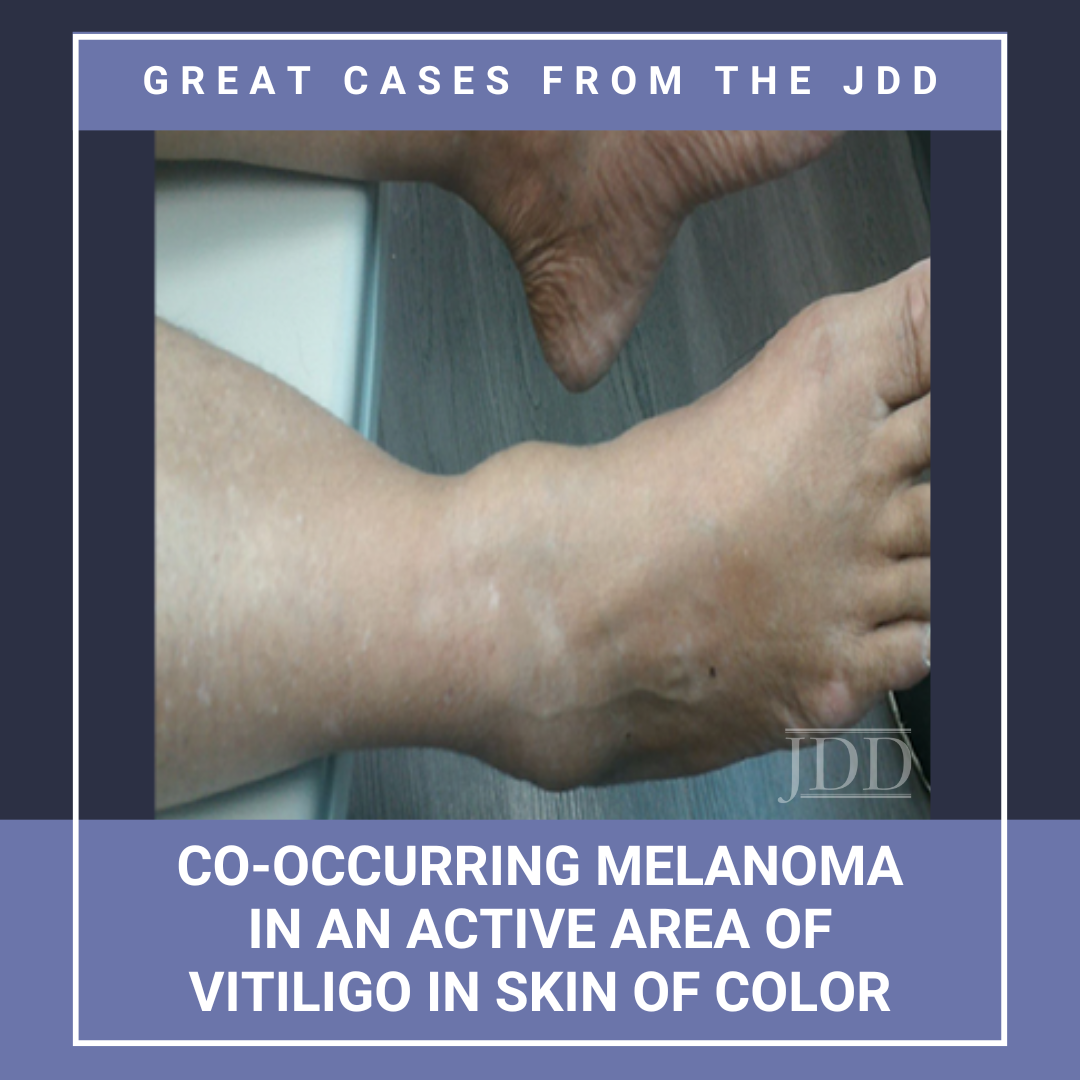Recent Notable & Newsworthy Drug Approvals in Medical Dermatology
 The past year has been an extraordinary time in drug approvals in medical dermatology, especially the approval of treatments that impact patients with skin of color, according to Dr. Andrew F. Alexis, co-chair of Skin of Color Update. Next Steps in Derm, in partnership with Skin of Color Update, interviewed Dr. Alexis, who is also vice-chair for diversity and inclusion for the Weill Cornell Medica …
The past year has been an extraordinary time in drug approvals in medical dermatology, especially the approval of treatments that impact patients with skin of color, according to Dr. Andrew F. Alexis, co-chair of Skin of Color Update. Next Steps in Derm, in partnership with Skin of Color Update, interviewed Dr. Alexis, who is also vice-chair for diversity and inclusion for the Weill Cornell Medica …
 The past year has been an extraordinary time in drug approvals in medical dermatology, especially the approval of treatments that impact patients with skin of color, according to Dr. Andrew F. Alexis, co-chair of Skin of Color Update. Next Steps in Derm, in partnership with Skin of Color Update, interviewed Dr. Alexis, who is also vice-chair for diversity and inclusion for the Weill Cornell Medica …
The past year has been an extraordinary time in drug approvals in medical dermatology, especially the approval of treatments that impact patients with skin of color, according to Dr. Andrew F. Alexis, co-chair of Skin of Color Update. Next Steps in Derm, in partnership with Skin of Color Update, interviewed Dr. Alexis, who is also vice-chair for diversity and inclusion for the Weill Cornell Medica … Continue reading "Recent Notable & Newsworthy Drug Approvals in Medical Dermatology"


 There are lots of tools in the tool box that dermatology clinicians can use in laser-assisted drug delivery (LADD), according to Dr. Jill Waibel, chief of dermatology at Baptist Hospital and clinical voluntary assistant professor at the University of Miami Miller School of Medicine. Watch as Dr. Waibel shares one of the heroes of LADD used to prevent and treat hyperpigmentation. Learn how a drug u …
There are lots of tools in the tool box that dermatology clinicians can use in laser-assisted drug delivery (LADD), according to Dr. Jill Waibel, chief of dermatology at Baptist Hospital and clinical voluntary assistant professor at the University of Miami Miller School of Medicine. Watch as Dr. Waibel shares one of the heroes of LADD used to prevent and treat hyperpigmentation. Learn how a drug u …  Pigmentary distress impacts people of all skin types, according to Dr. Gilly Munavalli, associate clinical professor of dermatology at Wake Forest University School of Medicine. In an interview with Next Steps in Derm, in partnership with Pigmentary Disorders Exchange Symposium, Dr. Munavalli shares how to use lasers and energy-based devices to treat pigmentary disorders. Find out what Dr. Munaval …
Pigmentary distress impacts people of all skin types, according to Dr. Gilly Munavalli, associate clinical professor of dermatology at Wake Forest University School of Medicine. In an interview with Next Steps in Derm, in partnership with Pigmentary Disorders Exchange Symposium, Dr. Munavalli shares how to use lasers and energy-based devices to treat pigmentary disorders. Find out what Dr. Munaval …  In dermatology, providing safe and effective cosmetic treatments for patients with skin of color requires a deep understanding of their unique needs and challenges. We are fortunate to have experts like Dr. Cheryl Burgess, founder of the Center for Dermatology and Dermatologic Surgery, who has dedicated her career to advancing cosmetic dermatology for diverse populations. In her compelling and inf …
In dermatology, providing safe and effective cosmetic treatments for patients with skin of color requires a deep understanding of their unique needs and challenges. We are fortunate to have experts like Dr. Cheryl Burgess, founder of the Center for Dermatology and Dermatologic Surgery, who has dedicated her career to advancing cosmetic dermatology for diverse populations. In her compelling and inf …  The association between vitiligo and melanoma is complex. While the incidence of vitiligo in patients with melanoma is higher, the risk for the reverse, ie, the development of melanoma in a patient with vitiligo, is thought to be decreased. This report presents a case of melanoma developing on a non-sun-exposed site in a patient with skin of color and untreated vitiligo. It emphasizes the need …
The association between vitiligo and melanoma is complex. While the incidence of vitiligo in patients with melanoma is higher, the risk for the reverse, ie, the development of melanoma in a patient with vitiligo, is thought to be decreased. This report presents a case of melanoma developing on a non-sun-exposed site in a patient with skin of color and untreated vitiligo. It emphasizes the need …